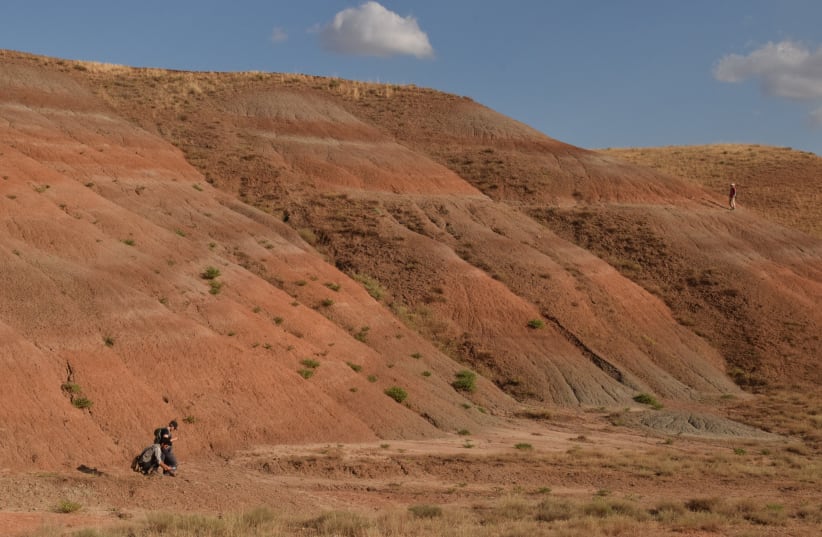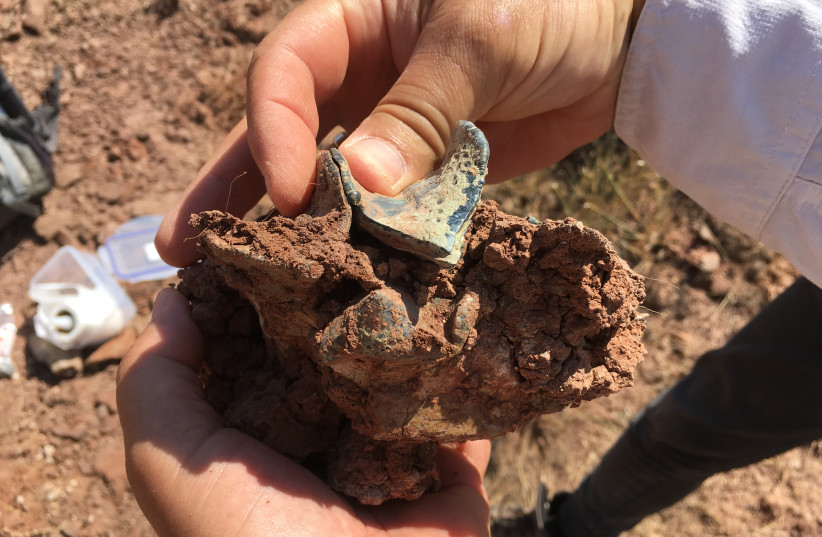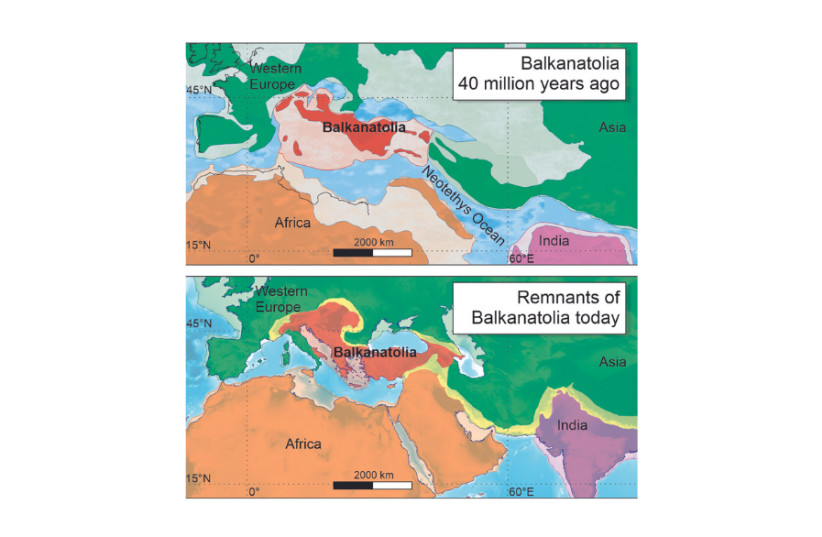Millions of years ago animals may have used an ancient lost continent as a bridge to cross over from Asia into Southern Europe, according to a new study published in the March 2022 edition of the journal Earth-Science Reviews.
This westward trek eventually led to a sudden and widespread extinction event of native European animals known as the “Grande Coupure.”
While scientists have known about this invasion of Asian mammals into Europe for some time, when and how this happened remained a mystery.
The paleontological record—as seen in plant and animal fossils—of this continent which researchers have named Balkanatolia, highlights a major faunal turnover of animal species between 40 and 38 million years ago, said lead researcher and co-author of the report Alexis Licht, a scientist from the French National Center for Scientific Research.
An international team of paleontologists and geologists from France, the United States, and Turkey took part in the research, which conducted an exhaustive review of both new fossil material from Turkey and of Eocene Age (55 to 34 million years ago) fossil sites from central Europe to the Caucasus. They determined that the mammal animal fossils from the Balkan areas in Southern Europe showed signs of Asian origin long before these appeared in Western Europe—at least 1.5 million years prior to the Grande Coupure extinction event.
“The new Turkish site helps us to refine the timing of the arrival of Asian taxa [animals] on Balkanatolia; we found fossil mammals of clear Asian affinity,” said Licht.
Previously the influx of Asian mammals into Western Europe was thought to have occurred 34 million years ago but the timing of their arrival into Eastern Europe remained unclear, he said. Their paper shows that the appearance of these mammals in the area that covers the Balkans and Anatolia (Balkanatolia) was earlier than previous thought, actually taking place between 40 and 38 million years ago.
Recent discoveries of additional Eocene age mammals of Asian affinity such as anthracotheriidsis, a large hippopotamus-like herbivore, in Italy and the rhinoceros-related amynodontidae and cricetid rodents in the Balkans point to an earlier colonization of invasive mammals from Asia in southeastern Europe, the researchers said.
“Two mechanisms can explain the opening of a dispersal route for Asian taxa: either a major environmental change along the dispersal pathway—for example a desert that becomes a jungle, allowing species that were not adapted to cross deserts to use the pathway, or a paleogeographic change, and the emergence of areas that were previously under water,” Licht said.
There are few paleo-environmental data over this time period, he said, but the few that do exist suggest that there was no major climate change event at that time. This led the researchers to suggest that a paleogeographic change is the more likely option for explaining the creation of a new pathway for animal migration.
“The paleogeography option is also supported by geological data in the Caucasus and eastern Anatolia, that show that previously submersed areas were uplifted and emerged regionally during this time window,” he said.
According to the researchers, some 50 million years ago Balkanatolia was a distinct and separate island continent, with its own unique fauna different from that in Asia and Europe. But sometime around 40 million years ago, geographical changes began to take place because of a combination of tectonic shifts, expanding ice sheets and fluctuating sea levels.
The land mass that was Balkanatolia was affected by these changes and at first joined with Asia and then connected to Southern Europe, effectively creating a low-lying land bridge sandwiched between the two regions.
“Lowering sea level results in the emergence of lands. Same story with tectonic uplift: it can raise lands above sea level. So the combination of sea-level drop and tectonic uplift can create many land bridges,” noted Licht.
Through their research they have been able to highlight the existence of this forgotten land, said Licht, and date the demise of its unique fauna. The early history of this continent and its fauna remains yet to be researched, he added.
The continental fragments of Balkanatolia eventually collided with Europe and Asia by tectonic drift, and they now all form a unified land mass. Today, the remnants of this lost continent can be found all over southern Europe and the near East.


